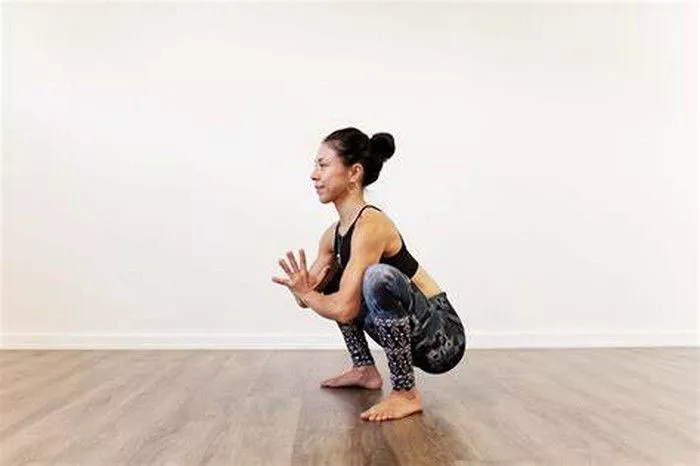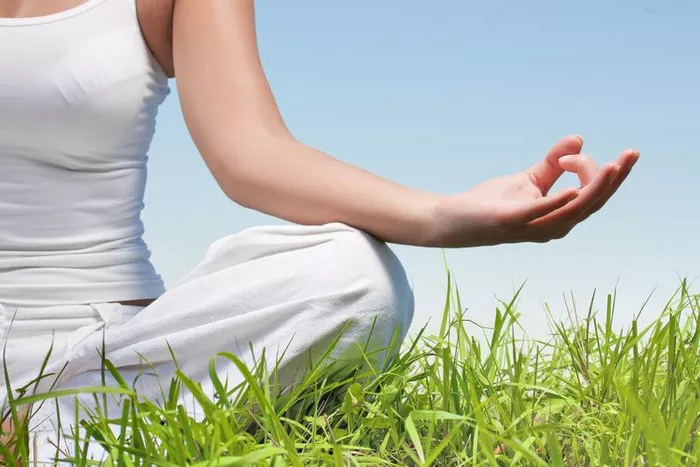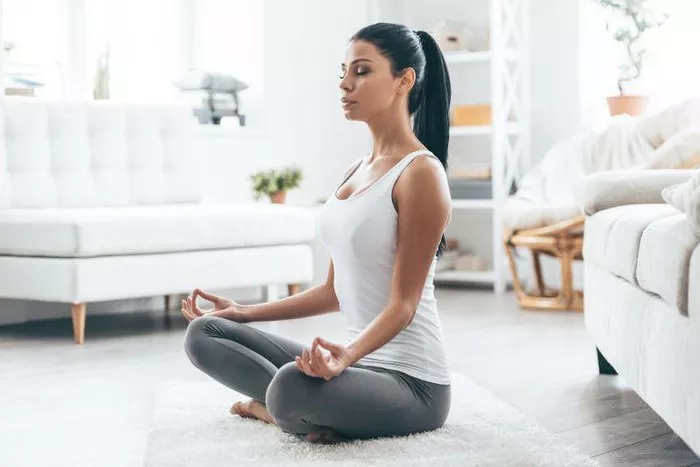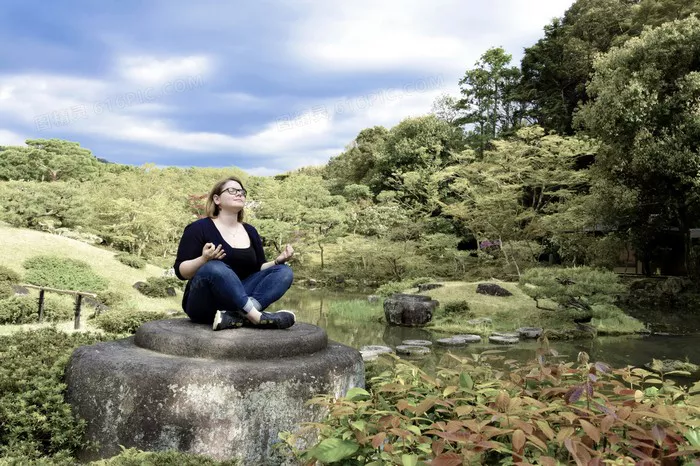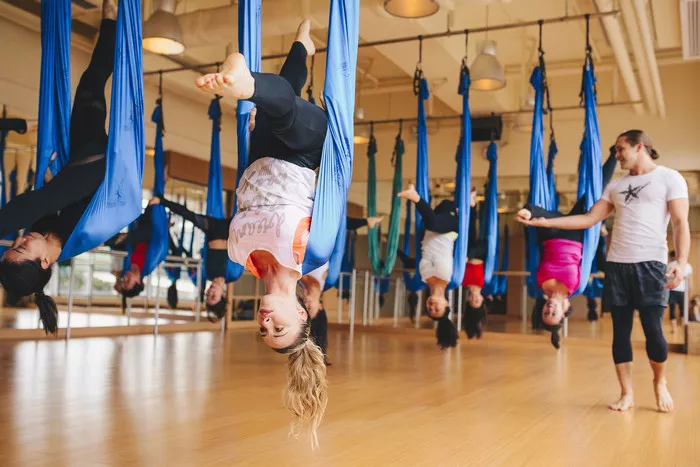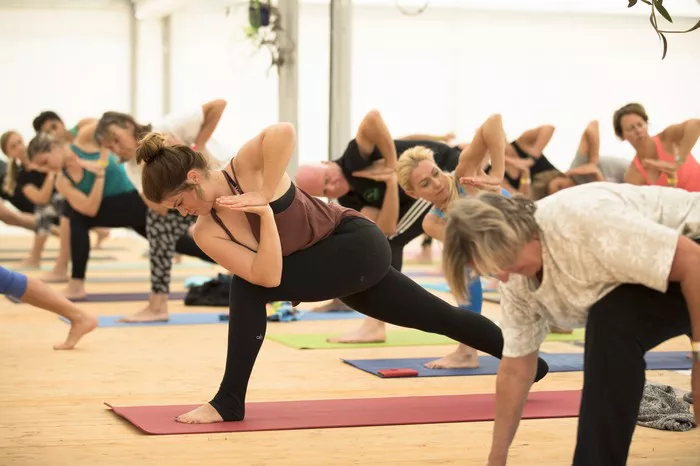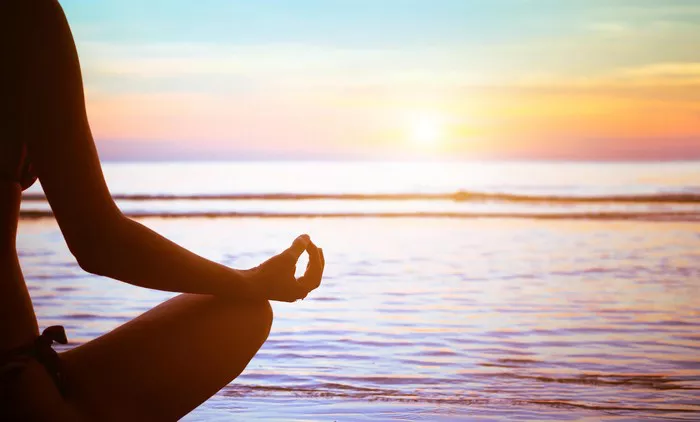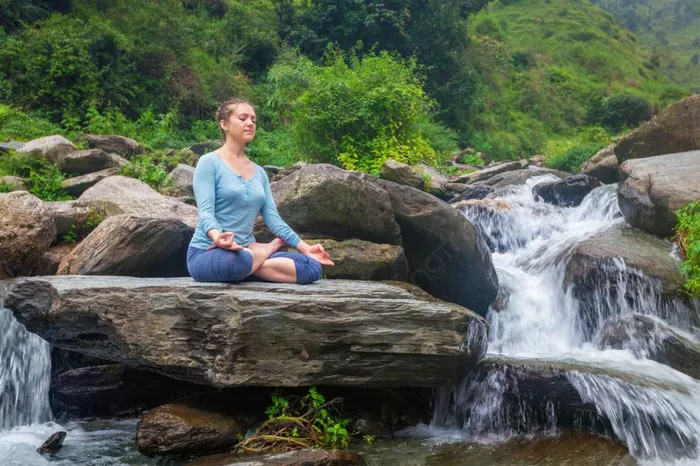The Horse Gesture Pose, also known as “Ashwa Sanchalanasana” in Sanskrit, is a dynamic and powerful asana (yoga posture) that is commonly practiced in various styles of yoga. It is part of the foundational group of postures and holds numerous benefits for both physical and mental well-being. The name “Ashwa Sanchalanasana” translates to “Horse Riding Pose” in English, referring to the fluid motion and stance that resemble the posture of a rider on horseback.
The Horse Gesture Pose is unique in that it combines both strength and flexibility, requiring an engagement of multiple muscle groups, coordination, and breath control. In this article, we will explore the Horse Gesture Pose in detail—its benefits, variations, alignment cues, and how it can be effectively incorporated into a yoga practice.
Understanding the Horse Gesture Pose (Ashwa Sanchalanasana)
What Is the Horse Gesture Pose?
The Horse Gesture Pose is a standing yoga posture that is often included in Vinyasa, Hatha, and Ashtanga yoga practices. It typically involves stepping one foot forward while keeping the other foot back, bending the front knee while maintaining a straight line in the back leg, and raising the arms overhead to lengthen the torso.
To visualize it better, imagine the position of a person riding a horse—one leg bent, the other straight, the torso upright, and the arms positioned to hold reins. This pose not only imitates the action of riding a horse, but it also activates a range of muscle groups and promotes balance and stability in the body.
Step-by-Step Instructions for Performing the Horse Gesture Pose
Start in a Standing Position (Tadasana): Begin by standing with your feet together, arms relaxed by your sides. Engage your thighs and lengthen your spine.
Step One Foot Back: From the standing position, step one foot back, creating a wide stance. The back foot should be aligned at about a 45-degree angle. Ensure that the front knee is bent at a 90-degree angle, directly over the ankle.
Bend the Front Knee: Bend the front knee deeply so that your thigh becomes parallel to the floor. Avoid letting the knee extend beyond the ankle.
Straighten the Back Leg: Keep your back leg straight and active. Ensure that your back heel is pressing down towards the floor, and the leg is engaged.
Raise the Arms Overhead: As you bend into the front leg, reach both arms up towards the sky, keeping your palms facing each other. This motion helps open up the chest and engage the core.
Engage the Core and Breath: As you maintain the position, engage your abdominal muscles to support your lower back and stabilize the pelvis. Maintain a steady and deep breath to stay grounded in the pose.
Hold the Pose: Hold the pose for several breaths, ensuring that both legs remain active and your torso is lifted and engaged.
Return to Standing Position: To release, slowly straighten your front leg, step back to a standing position, and repeat the posture on the other side.
Key Points to Remember
- Ensure that your front knee does not extend beyond your ankle, as this can place unnecessary strain on the knee joint.
- Keep your hips squared and avoid letting the pelvis tilt forward excessively.
- Engage the inner thighs of both legs to create stability and avoid sinking into the hips.
- Focus on long, steady breaths to maintain balance and ease in the pose.
- Maintain a strong connection between the feet and the ground, rooting through the back heel while pressing down through the front foot.
Benefits of the Horse Gesture Pose
The Horse Gesture Pose is not just a physically demanding asana; it also offers a variety of mental and emotional benefits that complement the physical effects. Here’s an overview of the benefits of practicing this pose regularly.
1. Strengthens the Lower Body
One of the most immediate benefits of the Horse Gesture Pose is its ability to strengthen the muscles of the lower body, including the quadriceps, hamstrings, calves, and glutes. The position of the bent front leg works the quads, while the straight back leg activates the hamstrings and glutes. The engagement of these muscles helps tone the legs and improve overall strength.
2. Improves Flexibility and Mobility
While this pose is strength-focused, it also promotes flexibility, particularly in the hips, thighs, and groin. The extended stance allows the hip flexors to open up, which can help release tension in the pelvis. Additionally, holding the arms overhead while maintaining balance helps stretch the shoulders and chest.
3. Enhances Balance and Coordination
By requiring the practitioner to hold a lunge-like position with the arms raised overhead, the Horse Gesture Pose engages the core muscles to maintain balance and stability. Practicing this pose regularly can improve your overall sense of coordination and balance, which is especially beneficial for athletes or anyone looking to enhance their body control.
4. Stimulates Energy Flow
In yoga, the movement of energy through the body is paramount. The Horse Gesture Pose helps to stimulate the flow of energy (known as prana) by creating a stretch through the front of the body and an opening through the chest. This can leave you feeling more energized and aligned after practice.
5. Develops Core Strength
Engaging the core is essential in the Horse Gesture Pose, especially to stabilize the pelvis and prevent strain on the lower back. Over time, consistently practicing this pose helps to develop deeper core strength, which is beneficial not just in yoga but in daily activities and other forms of exercise.
6. Tones the Core and Legs
In addition to strengthening the muscles in the legs, the Horse Gesture Pose is excellent for toning the core, particularly the abdominals. Keeping the torso upright requires the engagement of the abdominal muscles, which helps strengthen the core muscles over time.
7. Promotes Mental Focus
Like most yoga postures, the Horse Gesture Pose encourages mindfulness and mental focus. Holding the pose requires concentration to maintain balance, stability, and alignment. This makes it a great practice for cultivating a sense of presence and reducing stress.
Common Mistakes and How to Avoid Them
As with any yoga pose, it’s important to be mindful of your alignment and body mechanics when practicing the Horse Gesture Pose. Here are some common mistakes and tips for correcting them:
1. Knee Extension Beyond the Ankle
One of the most common mistakes in this pose is letting the front knee extend beyond the ankle, which can place excessive strain on the knee joint. To avoid this, ensure that the knee stays directly over the ankle, forming a 90-degree angle. If necessary, modify the stance by stepping the foot back further to create more space.
2. Collapsing the Back Leg
The back leg should remain straight and strong throughout the pose. If the back knee starts to bend or collapse inward, you risk losing the stability of the pose. Engage the back leg by pressing the back heel down towards the floor and keeping the leg active.
3. Arching the Lower Back
It’s important to maintain a neutral spine and avoid excessive arching in the lower back. Engage the core muscles and draw the navel inward to stabilize the pelvis and protect the lower back. Imagine a straight line running from the crown of your head to your back heel.
4. Lack of Core Engagement
Failing to engage the core is another common mistake, which can lead to instability and strain on the lower back. Actively engage the abdominal muscles, drawing them inward toward the spine. This helps create a stable foundation and supports the alignment of the body.
5. Arms Not Reaching Fully Overhead
The arms should be fully extended towards the sky with the palms facing each other. If the arms are too low or too wide, you miss out on the stretch and strengthening benefits for the shoulders and upper back. Keep the arms strong and active, and avoid letting the shoulders shrug toward the ears.
Modifications and Variations
While the Horse Gesture Pose can be challenging for beginners, there are modifications that can help ease into the posture. Here are a few variations:
1. Use Blocks Under Hands
If raising the arms overhead is too challenging or causes discomfort in the shoulders, you can modify the pose by placing blocks under your hands for support. This allows you to maintain an active stance without overstraining your shoulders.
2. Shorten the Stance
If balancing in the full pose feels unstable, shorten the length of your stance. By keeping your feet closer together, it may be easier to maintain balance and focus on the foundational elements of the posture.
3. Use a Wall for Support
If you’re new to the Horse Gesture Pose, practicing with the support of a wall can help you develop confidence in the pose. Place your hands on the wall for stability while focusing on proper alignment and muscle engagement.
4. Modify the Depth of the Lunge
If bending deeply into the front knee is difficult, you can modify the depth of the lunge to suit your current flexibility level. You may only bend the knee slightly at first, gradually working to deepen the bend over time.
Conclusion
The Horse Gesture Pose is a highly effective and dynamic asana that brings together strength, flexibility, balance, and mental focus. Whether you’re a seasoned yogi or a beginner, incorporating this pose into your practice can help build lower body strength, improve flexibility, and create a sense of inner stability.
With consistent practice, you’ll begin to notice greater energy flow, improved posture, and enhanced physical endurance. As always, it’s important to listen to your body and avoid pushing too hard, especially when starting out. With time and dedication, the Horse Gesture Pose can become an empowering and grounding part of your yoga journey.
Related Topics:

